As we begin 2021, the challenges brought on by the COVID-19 pandemic continue to grow and change, requiring families to adapt in new ways. You may find that strategies that worked well for your family and child with autism early in the pandemic or over the summer are not as effective as the academic year continues (through distance learning for many students) and the weather changes. Here are some ways to support your family’s emotional health by staying active, working on independence and advocating for (new) school supports.
Staying active during winter with COVID
There is no bad weather — only bad clothing. We know that staying active and getting outdoors helps us stay healthy and boost our mood. As we head into winter, this can feel harder. But as the Norwegians say — there is no bad weather, only bad clothing! Bundle up with extra layers to stay warm and head to the playground. Go for a walk and collect rocks or pinecones. Make wet days fun by jumping in puddles, and try sledding or throwing snowballs when it snows.
Get your groove on. Dancing is a fun and easy way to get your kids moving — and maybe you’ll even join in! Turn on their favorite tunes and just dance or try online dance classes. Check out YouTube (with adult supervision of course) for fun guided videos and beginner’s instruction in hip-hop, ballet or whatever sounds fun that day. Yoga videos (try Cosmic Kids Yoga, if you haven’t already!) and movement apps (GoNoodle is a great one) can be a great way to move and teach calming skills.
Build your own fun. Pull out the couch cushions, chairs, stepstools and anything else you can find, and build your own indoor obstacle course. Try stringing yarn across a hallway to make your own “laser” obstacle course. Build a pillow fort and knock it down. Use painter’s tape on the floor to make indoor hopscotch or make “islands” to jump between.
Bring sports and games inside. Movement games like “Simon Says,” “Red Light Green Light,” “Mother May I?” or freeze dance are quick and fun ways to get moving. Try creative sports like playing basketball with a balled-up piece of paper and a laundry hamper or “skating” on dryer sheets. Consider buying an indoor bowling set or bean bag toss. Games like Twister or charades are great, too.
Don’t forget your mask! Many places now require masks in outdoor public spaces, so if your child is still struggling with a mask, now is the time to practice.
Ways to increase independent living skills during COVID-19
Distance learning provides an opportunity for your child to see what you do every day to keep your household running. You can take advantage of this time to model, discuss and scaffold independent living skills like cooking, cleaning, meal planning, paying bills, etc.
Provide opportunities at varying levels of interest for your child to be as independent as possible at home. Look for indicators that they want to do something independently and give them the chance to do so. Remember to praise effort, not just success.
Start with tasks they can already do, and get in the routine of doing them daily. For example, putting dirty laundry in the hamper, or clearing their plate after dinner. After they make it a routine, add another step (e.g., taking dirty clothes to the laundry room or putting dishes in the dishwasher).
Explain why certain tasks are important for your child’s future. Discuss the ways in which some tasks will help them achieve a successful future. Explain how completing tasks will allow you to give them more freedom and autonomy at home. For example, completing group projects teach work and collaboration skills; learning to cook lets them have their favorite meal at home. Although some of these tasks may not be enjoyable for your child (or you!), connecting them to their future may clarify the reason why these tasks are important.
Help your teen develop independent routines. Create a routine for different times during the day to increase the predictability of when activities will occur and the expectations associated with each. Use a visual or checklist if that helps your child learn; the visual reminder may reduce the number of times you have to ask (and they can reduce the number to times someone tells them what to do). For example, a morning routine might include getting dressed, brushing teeth, eating breakfast and getting materials ready for school. They may be able to complete routines more independently if they occur in a similar order each day.
Model ways to complete a task. Show your child how to complete a task, such as washing dishes or putting away belongings. For example, first have your child watch you wash the dishes as you explain each step you complete. After a few times, wash the dishes together. Finally, have your child wash the dishes independently, providing positive and constructive feedback throughout.
Use scaffolding techniques to encourage independent living skills. Teach independent living skills one step at a time, removing support as they progress. For example, if you are working with your child on how to do laundry, start by doing the laundry with them and then incrementally expect them to do each step (e.g., separating the clothes by color) independently.
Supporting special needs in distance learning
Remember that parents, students, teachers and schools are all in uncharted territory. That means there are no clear guidelines but there is also quite a bit of room for flexibility and creativity. Virtual learning accommodations are not as cookie cutter as those for in school learning, so ask for what your child needs and discuss how their educational team and program can meet their needs.
Meet with your child’s educational team to discuss what’s going well and what may need to be changed. Some students are flourishing in virtual learning, with less demands around early commutes and, perhaps, more flexibility to participate via chat or other means. Others are struggling to attend or learn through a screen. Before thinking about changes, make sure to get everyone’s perspective.
Think about educational needs related to virtual learning. Some students may need specific goals around attending to a screen, following a virtual schedule, handing in work virtually or organizing their desktop. These areas can and should be included in current IEPs and supported through instruction.
Discuss when less is more or when more is needed. Think about the time requirements for virtual learning. Some children will need additional, special education time to preview, review or reteach skills and concepts. For other children, a fifteen minute 1:1 session will be more effective than hours spent watching a full classroom lesson. Talk with your child about how they feel at the end of a virtual school day and monitor how they are doing.
Discuss what a virtual school day will look like for your family. Some families are indeed settling into routines that manage work and parenting and schooling. Others are recognizing that sometimes schooling may have to take a back seat to other responsibilities. Still others are prioritizing the daily living skills learned around the house over academic concepts through the screen. This year is different, and all these approaches are part of what might work for your child and family.
Get the most out of related services. Speech and language therapy, occupational therapy, physical therapy and social skills therapy can all continue during virtual learning. Often these services work best as 1:1, individual sessions. However, these therapists can also provide consults and parent-training, including strategies and materials (e.g. fidgets, wiggle cushions) for supporting your child in class.
Ensure that your child can participate in virtual learning. For many students, speaking in virtual classes can be challenging. However, participation is vital to helping students engage and learn during school, and all students can participate in some way. Older or more verbal students may prefer to type questions into chat or share recordings of their work. Younger children might participate by touching objects on the screen or showing objects.
Bring home and adaptive goals into the learning discussion. Life skills are essential to helping students gain independence and autonomy. For all students but maybe especially for those who are struggling to work on academic skills through distance learning, this time can be shifted to focus on daily living skills.
 https://riseandshine.childrensnational.org/wp-content/uploads/2025/11/two-friends-feature.jpg
300
400
Danielle Robbins
https://riseandshine.childrensnational.org/wp-content/uploads/2017/11/childrens_riseandshine_logo.jpg
Danielle Robbins2025-11-13 13:55:082025-11-14 10:17:49Navigating friendships when your child has epilepsy
https://riseandshine.childrensnational.org/wp-content/uploads/2025/11/two-friends-feature.jpg
300
400
Danielle Robbins
https://riseandshine.childrensnational.org/wp-content/uploads/2017/11/childrens_riseandshine_logo.jpg
Danielle Robbins2025-11-13 13:55:082025-11-14 10:17:49Navigating friendships when your child has epilepsy



 Cara Pugliese, PhD, was a clinical psychologist at Children's National Hospital.
Cara Pugliese, PhD, was a clinical psychologist at Children's National Hospital.

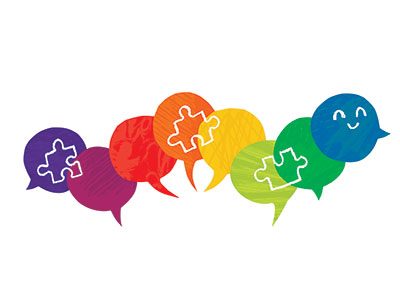
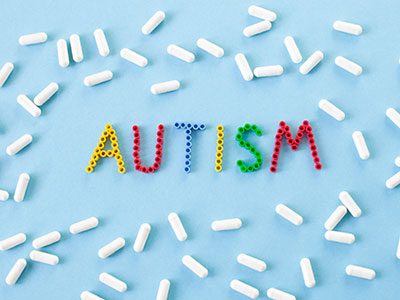
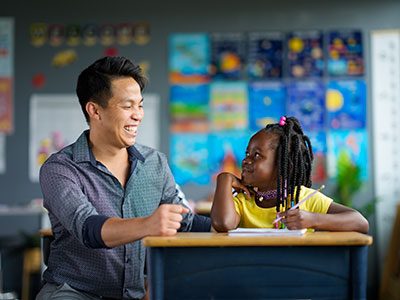


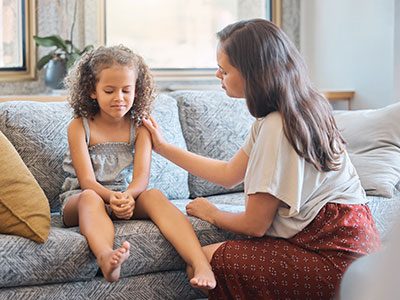
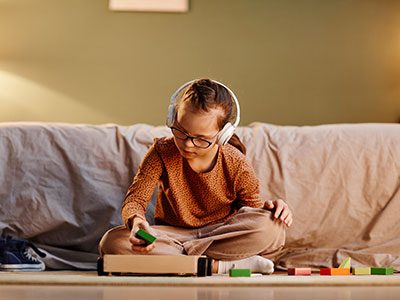

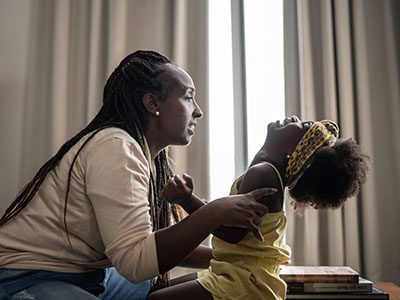


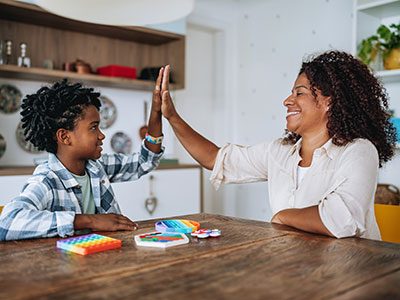
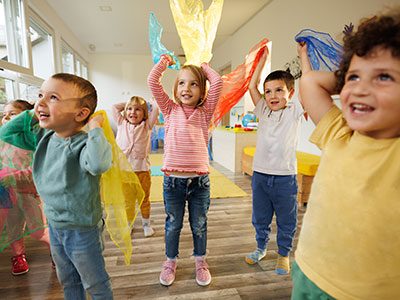


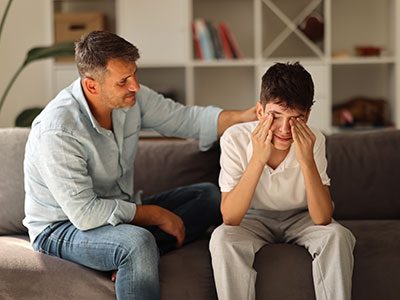


Leave a Comment
Want to join the discussion?Feel free to contribute!